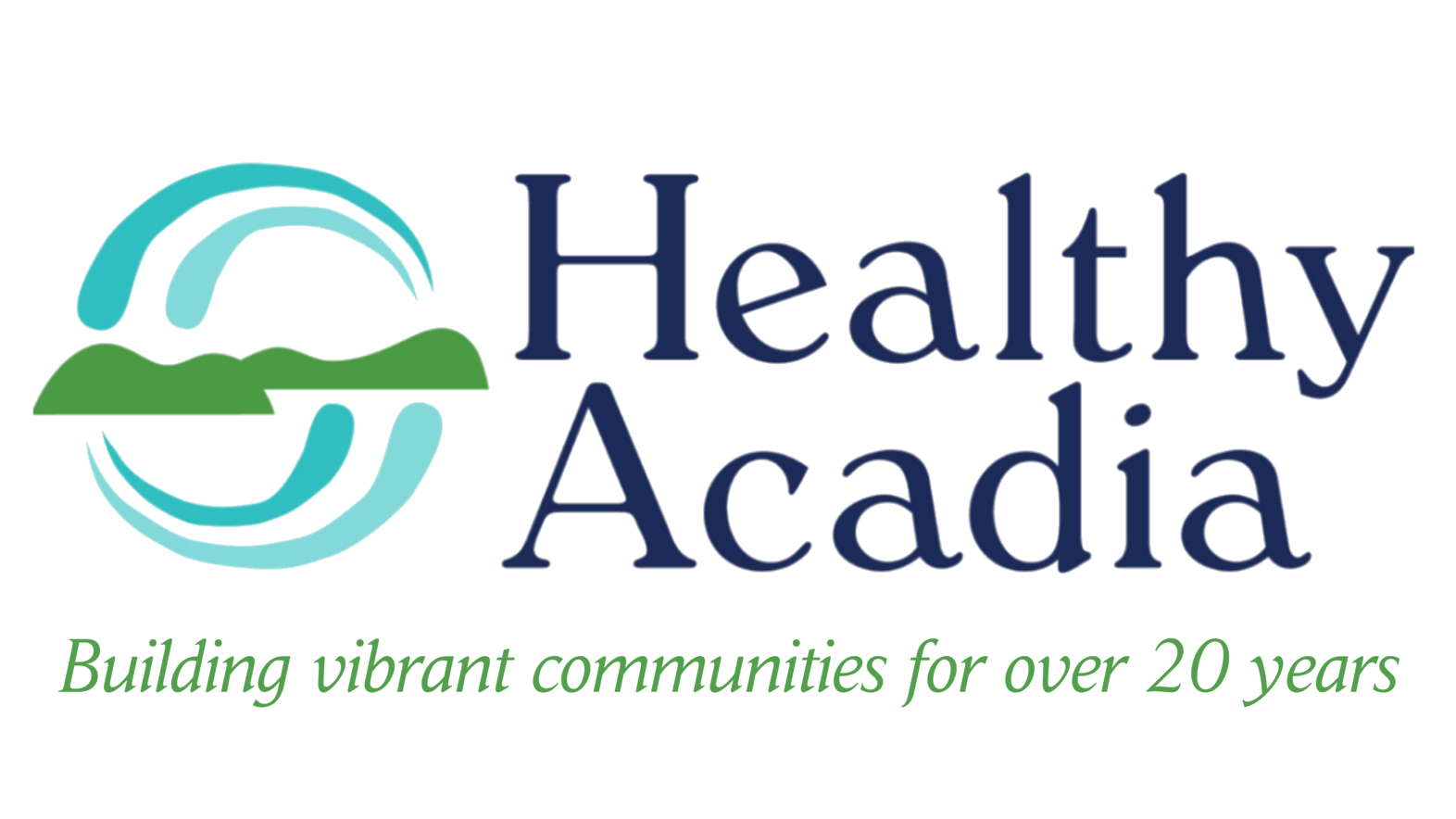Meal Planning for the Win
Contributed by Amy Russell, Maine SNAP-Ed Nutrition Educator
Healthy eating is important at every age. When we get older we are in charge of making sure we eat a variety of fruits, vegetables, grains, protein foods, and dairy or fortified soy alternatives. I know for myself it can be stressful because one of the last things I want to do after getting home is going back out to get ingredients for dinner. Meal planning can be a wonderful tool to make sure you are getting all the necessary nutrients but it also can help save time and money!
When planning meals, choose options that are full of nutrients and limited in added sugars, saturated fat, and sodium. Start with these tips:
See what you have
Plan meals that use foods you already have. Look in your freezer, cabinets, and refrigerator, and be sure to check expiration dates.
Map out your meals
Write out the meals you plan to eat for the week and use it as a guide. Be sure to list beverages and snacks, too.
Find balance
Plan your meals so you eat from all five food groups – fruits, vegetables, grains, protein foods, and dairy or fortified soy products – every day. When planning, be aware of added sugars, saturated fat, and sodium by reading the Nutrition Facts label.
Think about your schedule
Prepare meals and sides – including whole grains, vegetables, and beans – on the weekends when you may have more time. This will help during busy weekdays. Using ingredients several ways throughout the week can also help save time and money! Like Chicken, maybe one day you have a roast chicken, then chicken salad or tacos with the leftover chicken!
Make a grocery list
Start by listing ingredients for the meals you plan to make and the cross off items you already have. Buying for the week can help you make fewer shopping trips.
Love your leftovers
Prepare enough of a dish to eat multiple times during the week or freeze some to enjoy later. Making leftovers part of your plan can save you time and money. I know I love to make sure there is enough for dinner to have for lunch at work the next day, sometimes I can even use leftovers to make another and different meal!
The benefits of healthy eating add up over time, bite by bite!
Information from myplate.gov. Visit this site for more information and helpful tips on budgeting and meal planning!
Healthy Acadia’s Maine SNAP-Ed Nutrition Educators offer year-round cooking and nutrition classes in partnership with schools and organizations throughout Hancock and Washington counties. To learn more or schedule a class, contact Shannon (shannon.cherry@healthyacadia.org) or Andrea (andrea.coffin@healthyacadia.org) in Washington County, or Amy (amy.russell@healthyacadia.org) or Christine (christine.dentremont@healthyacadia.org) in Hancock County.
